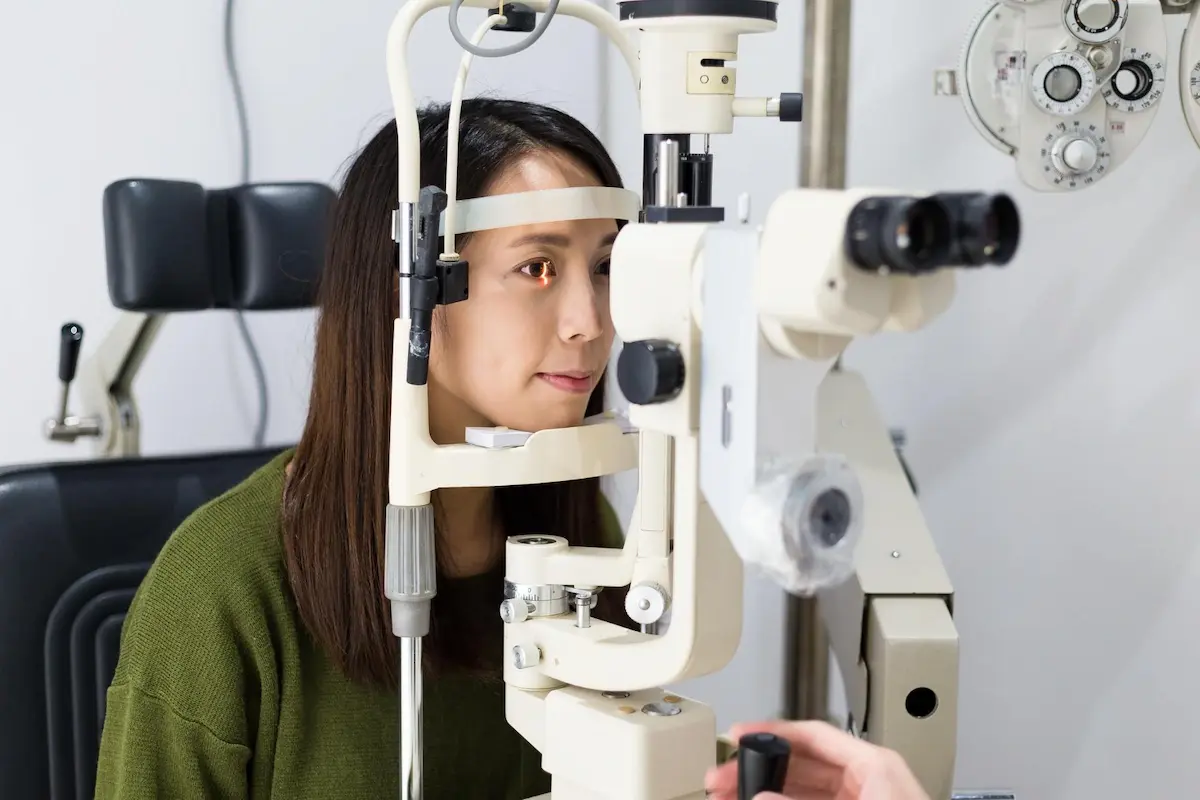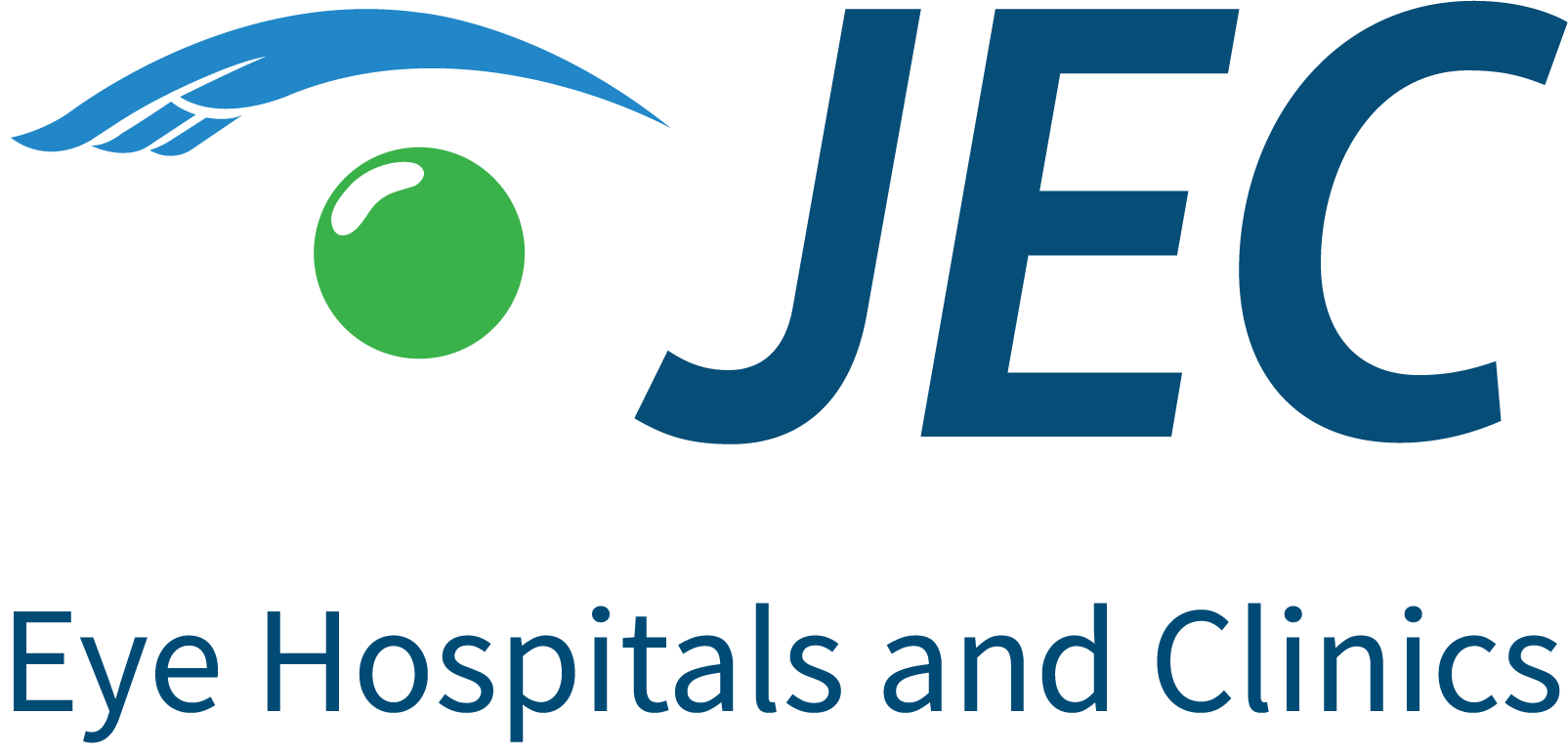How to Reduce Myopia and Astigmatism: Understanding and Treating These Eye Conditions

Myopia (nearsightedness) and cylindrical are conditions where the shape of the cornea of the eye is not perfect. This causes vision to become blurred or shadowed because light is not focused on the retina. Sufferers will experience complaints such as headaches, difficulty reading small text, and eye tension. Sufferers will also feel excessive glare, especially when driving at night. So, how can we reduce myopia and cylindrical?
However, there is no need to worry. Myopia and cylindrical patients can still get treatment. Generally, there are three ways that can be taken to overcome these eye conditions.
How to Treat Cylindrical Eyes? Here are two ways to treat cylindrical eyes:
Wearing Glasses or Special Contact Lenses The first way is to wear glasses or special contact lenses. This is a common way to overcome cylindrical eye sufferers. These lenses can bend light correctly.
However, glasses or contact lenses cannot cure the eyes to become normal again. The lens only helps the eye's vision ability when the sufferer is using them.
On the other hand, if not using them, the sufferer will experience vision disturbances. The size may not decrease even if you have been using glasses or contact lenses continuously.
Refractive Surgery The most effective way to overcome myopia and cylindrical is the refractive surgery method. This refractive surgery is performed using a laser to improve the shape of the cornea of the eye. This method can reduce myopia and cylindrical permanently. Refractive surgery can be done by LASIK or ReLEx SMILE methods.
How to Keep Cylindrical Eyes from Getting Worse However, myopia and cylindrical can only be cured through surgery. If you have myopia and cylindrical but it is not severe, it is best to take care of it so that it does not get worse.
Do not let your eyes get tired, because this condition can worsen cylindrical eyes. Here are some things that cause eye fatigue and tension:
Reading books with poor lighting or flickering lights.
Using gadgets for too long.
Not consuming enough water so that the eyes are dehydrated.
Eyes are not getting enough nutrition in the form of nutritious intake.
Symptoms of myopia and cylindrical may be different for each person. For those who are mild, the sufferer may not experience vision disturbances, so it does not interfere. The most common symptoms are blurred vision, headaches, and eye tension. These symptoms can be reduced by wearing glasses or special contact lenses, or by refractive surgery. However, for those who have severe symptoms, it is best to consult with an ophthalmologist to get the best treatment



 INA
INA